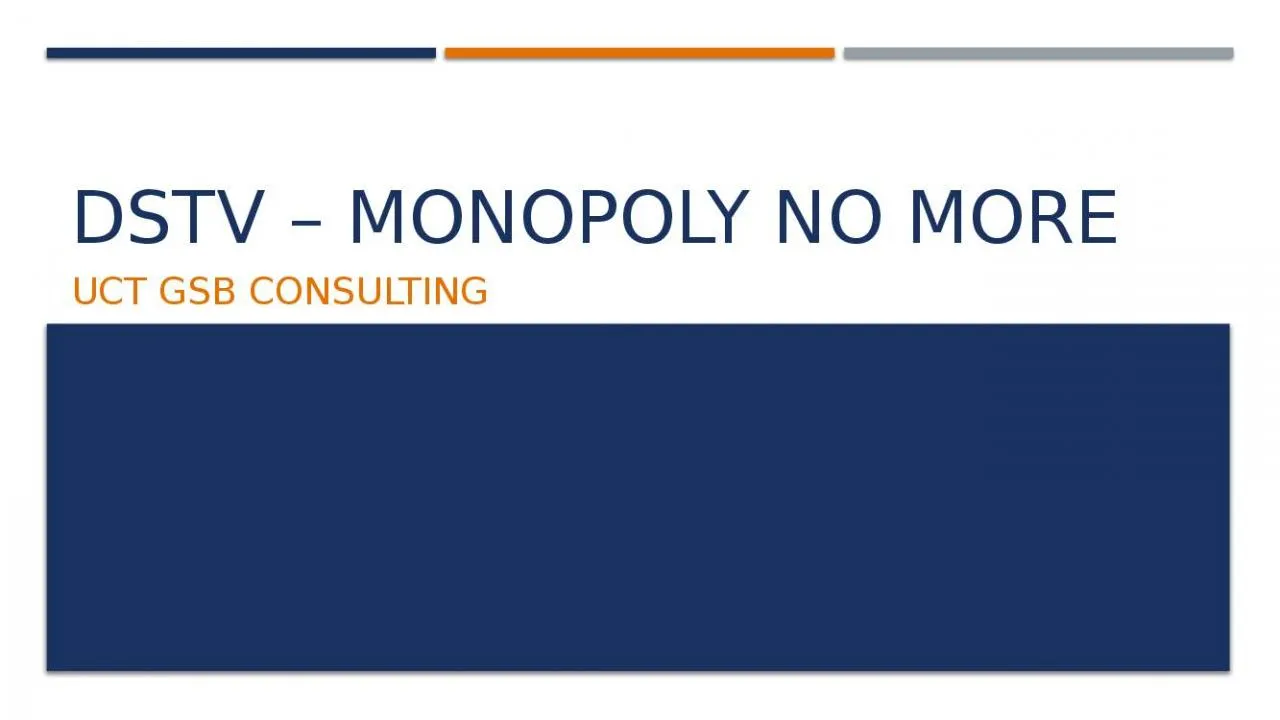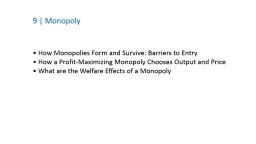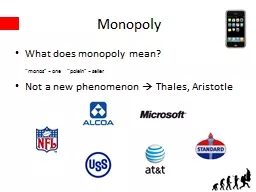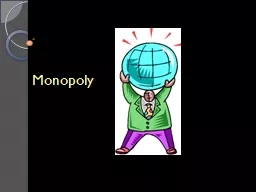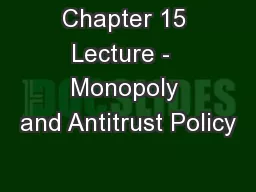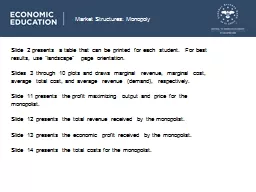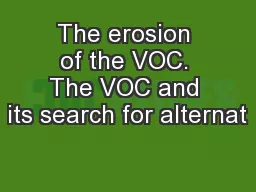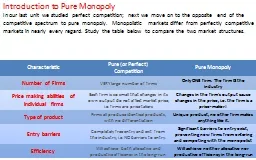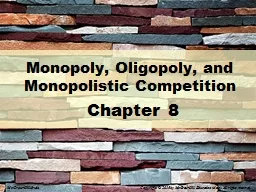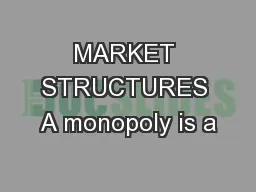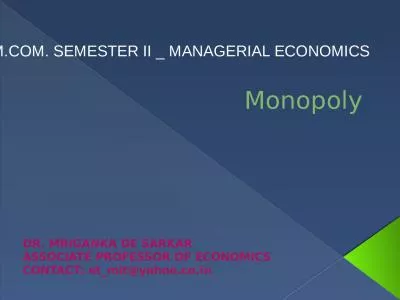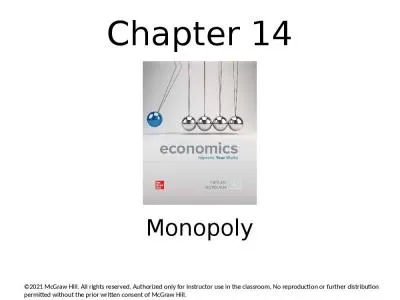PPT-DSTV – Monopoly no more
Author : obrien | Published Date : 2024-07-05
UCT GSB CONSULTING COMPANY CHOICE DSTV MULTICHOICE WHAT The ONLY South African Pay TV operator with operations in Africa Over 25 Years Also Own MWEB Local ISP
Presentation Embed Code
Download Presentation
Download Presentation The PPT/PDF document "DSTV – Monopoly no more" is the property of its rightful owner. Permission is granted to download and print the materials on this website for personal, non-commercial use only, and to display it on your personal computer provided you do not modify the materials and that you retain all copyright notices contained in the materials. By downloading content from our website, you accept the terms of this agreement.
DSTV – Monopoly no more: Transcript
Download Rules Of Document
"DSTV – Monopoly no more"The content belongs to its owner. You may download and print it for personal use, without modification, and keep all copyright notices. By downloading, you agree to these terms.
Related Documents

